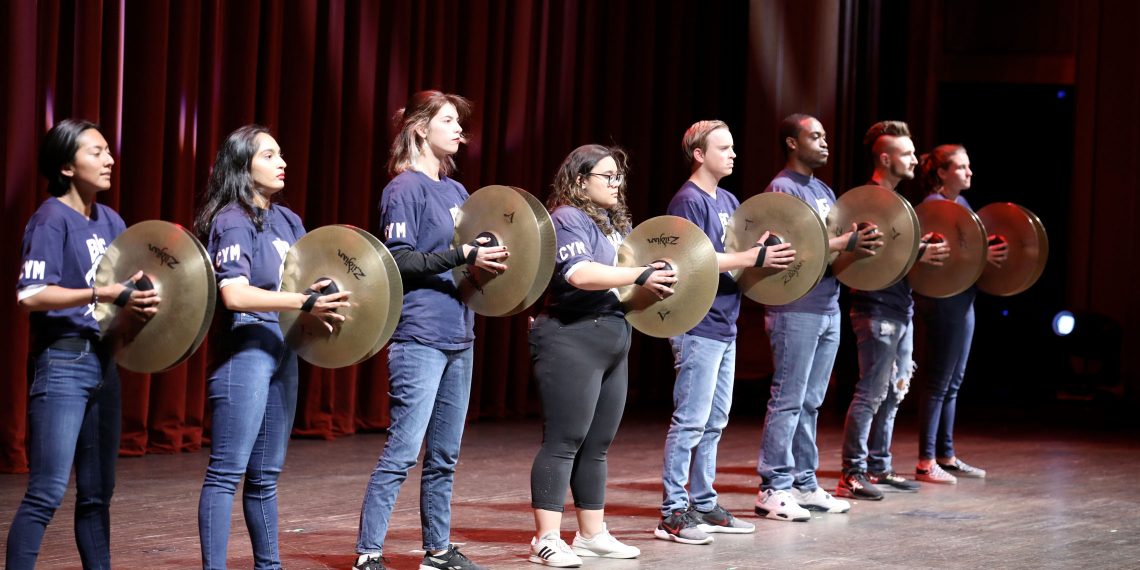PRISM
In Collaboration with FSU College of Music
Packed with performances ranging from small ensembles to the world-renowned Marching Chiefs, PRISM is a yearly favorite. The program showcases the immense talent boasted by Florida State University’s College of Music students and faculty. Known for blending traditional fare with more recognizable popular tunes, PRISM is a gem for music lovers of all kinds. This remarkable and lively performance migrates around the venue with each changing ensemble, creating a one-of-a-kind experience based on your location. Come enjoy the energy and passion of Florida State’s music program first-hand in this unforgettable performance!
